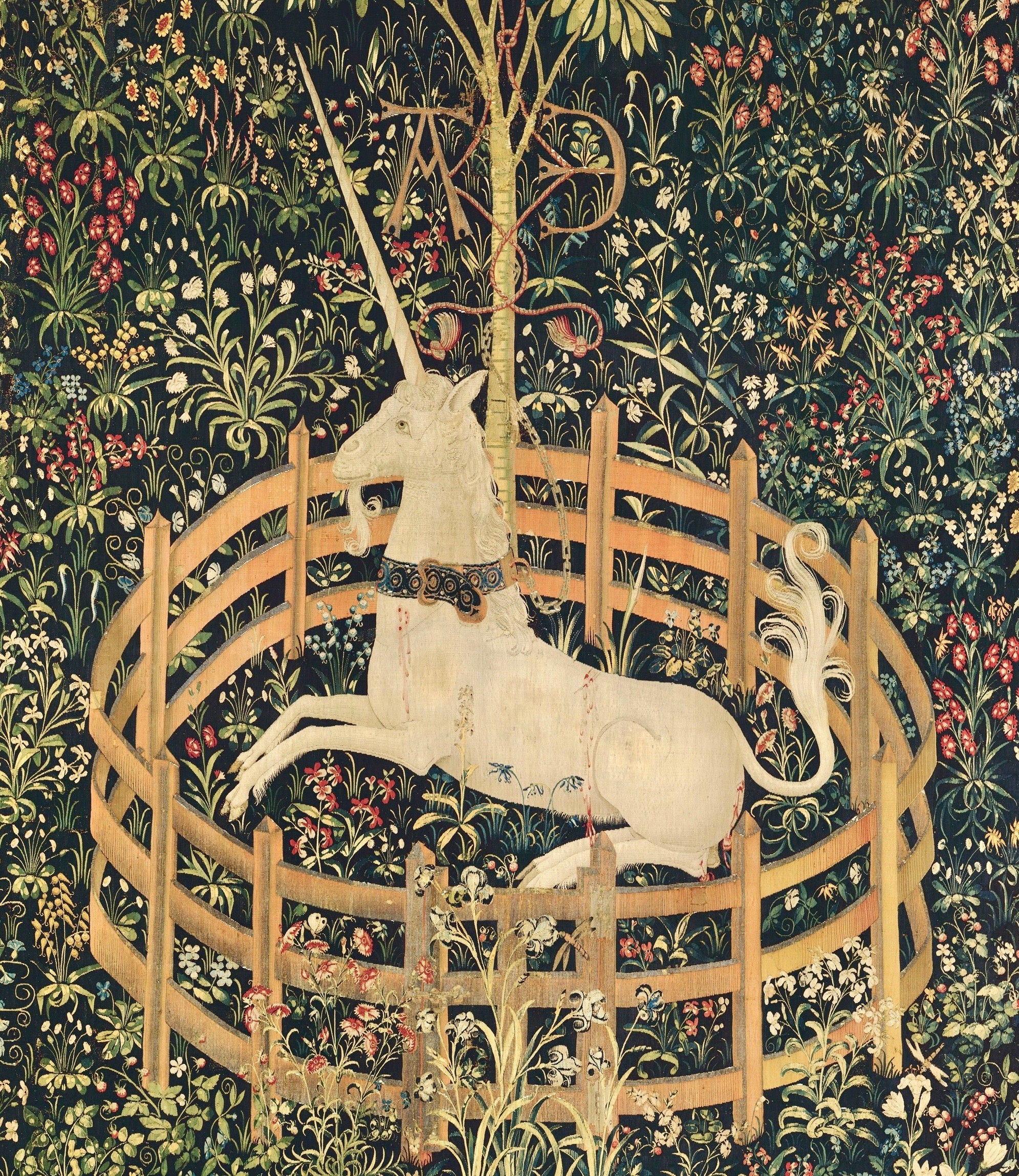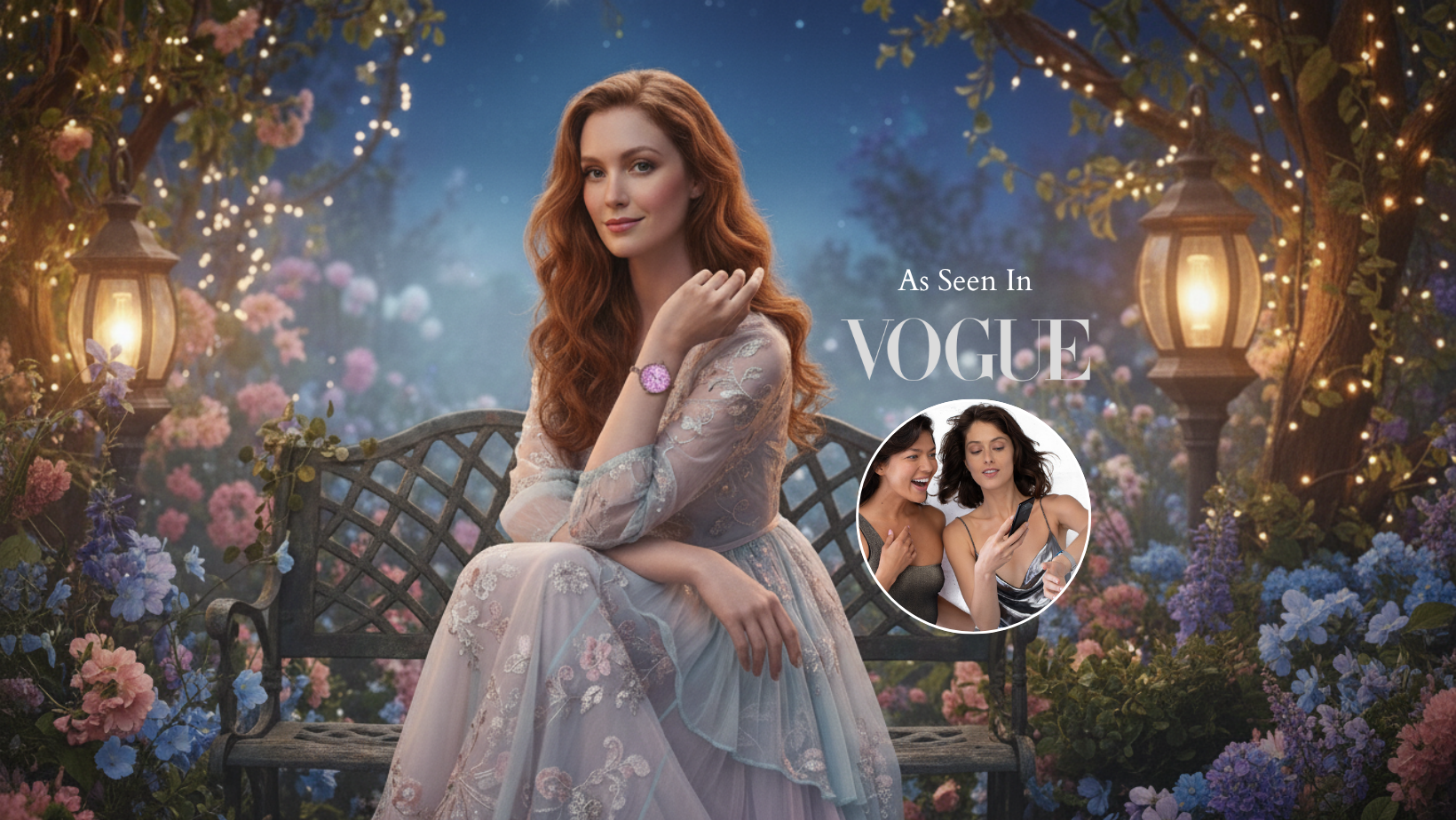Welcome fellow unicorn lovers!
I’m going to dive right in. We all know, deep down, that unicorns are real. In my heart, it’s not even up for debate. However, for those who need some persuading, here are three facts that convincingly demonstrate that unicorns are real!
Unicorns in the 1st Century
Around 77CE, in his work Natural History, Pliny the Elder described the unicorn, or as he called it, a “licorn or monoceros”, as the “most fell and furious beast,” with the body of a horse, the head of a stag, the tail of a boar, and the feet of an elephant! Its horn was black and “two cubits in length,” which is about three feet. Pliny finished by saying that this “wild beast cannot possibly be caught alive.”
A modern individual might say this sounds more like a rhinoceros than a unicorn as we imagine them, but doesn't that just support our argument? Rhinoceri are real and so are unicorns!

Pliny the Elder in his Study from Encyclopedia Britannica
Siberian Unicorns
Real shaggy unicorns were living in Siberia only 29,000 years ago! According to the National Geographic, new fossil evidence suggests that these huge furry creatures were alive much longer than previously believed, meaning they may well have roamed alongside homo sapiens.
Could some sturdy few have been able to avoid extinction? Develop sleeker coats? Travel south, and across the continents from Siberia? Then, be seen by said homo sapiens and remembered with wonder, their stories spread from generation to generation? Of course!

Siberian Unicorn "Elasmotherium sibiricum" from National Geographic Kids
Unequivocal Unicorns
Last, but not least, single-horned beasties exist quite independent of history, myth, and legend! Why, we have the unicorn of the sea, the majestic narwhal. In fact, for centuries, Narwhal horns were sold and traded as unicorn horns. (Harvey) We also have the unicorn’s more substantial cousin, the rhinoceros. These wonderful animals are unicorns.
Now, pedants might argue that the narwhal’s “horn” is, in fact, a tooth, or that the rhinoceros’ “horn” is actually made of keratin and is more accurately a sharp protuberance of modified, matted hair. I caution you against giving credence to such unhelpful over scrupulousness.

The Narwhal or Sea Unicorn from Smithsonian Magazine
Denouement
So, do unicorns exist? After all of this evidence, you still need to ask? Of course, unicorns exist! For, literally millennia, unicorns have lived around the world and been seen and admired by diverse cultures. Unicorn myths and legends abound, but that doesn't change the truth!
For those of us entranced by unicorns, by their history, their images, their metaphors, and their stories, these magical creatures most certainly exist.

Break free of the shackles of cynicism and embrace the unicorn!













217 comments
urNkoMeFhXPvICD
RxUanVfL
AqFXhUlC
ZxesPFbiwuE
ATfcnwueOhzVK
Leave a comment